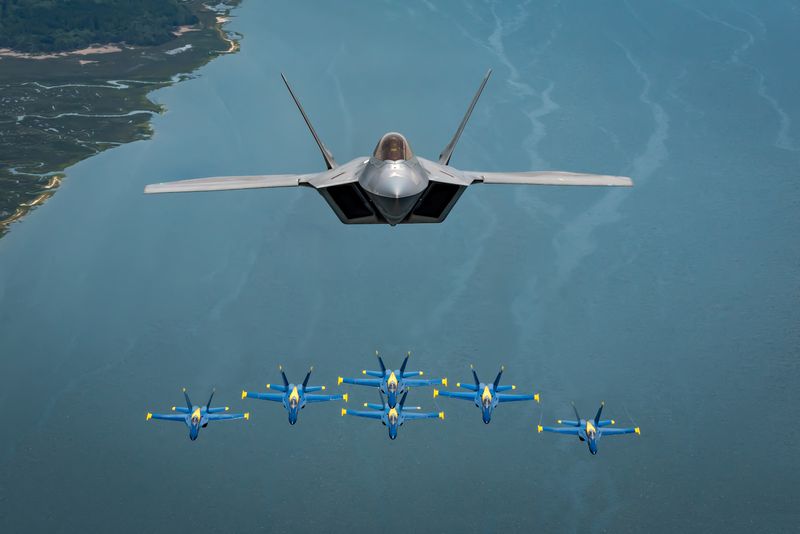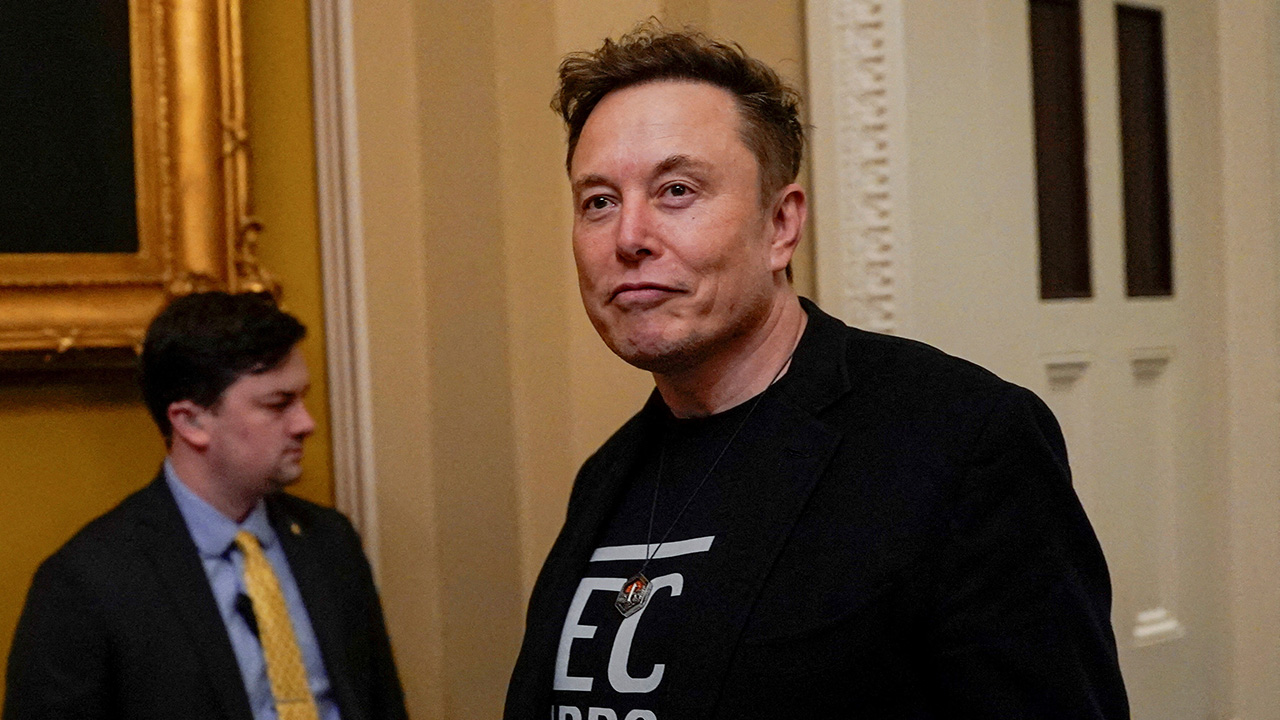German startup sensmore secures €6.5 million to turn the world’s largest machines into intelligent robots

sensmore, a Berlin/Potsdam-based robotics startup, has secured €6.5 million in funding to bring Physical AI to the world’s largest mobile machinery by leveraging a combination of cameras, 4D radar, and AI.
The funding round was led by Point Nine Capital, and joined by international backers from the US and UK including Acequia Capital, Tiny Supercomputer, Prototype Capital, and Entrepreneur First.
Among the company’s backers are Founders and industry veterans, including Amar Shah (Wayve), Michael Wax (Forto), Arnoud Balhuizen (former CCO of BHP, board member at Teck Resources), Thilo Konzok, Roby Stancel, Robin Dechant, Alexey Zhigarev, and Elmar Leiblein (former CEO of Thyssenkrupp Mining). Additional funding has been received from the State of Brandenburg and the European Union.
CEO and Co-founder Maximilian Rolf, says: “Our roadmap delivers immediate value through intelligent and assistive features from day one, while laying the data foundation for tomorrow’s full automation. We don’t just build for our customers – we partner with them to shape the automated future together.”
Founded in 2022, sensmore innovates Physical AI to turn the world’s largest mobile machines into intelligent robots. As a full-system provider, it retrofits fleets like wheel loaders and haul trucks with a modular platform integrating end-to-end AI and Vision-Language-Action Models (VLAMs), enabling real-time automation of complex tasks such as load & carry in production environments where it was previously out of reach.
As Europe’s foundational industries reach a critical inflection point, sensmore argues that the pressure to adapt has never been greater. As labor shortages deepen and operational costs rise, sensmore looks to support important sectors like construction, mining, and raw materials, with truly automation that is robust, scalable, and built for the field.
Its technology claims to transform any machine into an autonomous, self-reasoning robot that can solve complex tasks in real time – without prior training.
sensmore’s roadmap includes sensmore Machine Assist for smart collision alerts and precision positioning, sensmore Site OS as a live operational layer for site supervisors, and sensmore Eye for vision-based quality control. Each module contributes to a platform designed to generate and use large volumes of real-time environment data.
CEMEX and Lhoist are are among some of sensomore’s users. The company’s first fully automated LHD (Load-Haul-Dump) machine is now undergoing field testing and performs a complete load-and-carry cycle without human intervention.
sensmore looks to deliver a robust automation system that remains reliable even in the harshest conditions and adapts dynamically to unfamiliar situations without manual intervention.
At the core of this system, CTO and Co-founder Bjarne Johannsen distinguishes between two layers of intelligence: “Thinking Fast is our end-to-end network that lets machines react instantly and instinctively, like a person walking without thinking. Thinking Slow adds intelligent reasoning, the ability to understand what the task is, how to solve it, and why it matters.”
That deeper layer is powered by a VLAM, Johannsen continues: “Like Figure AI does for humanoids, we use a multimodal system that combines vision, language, and action context to solve complex real-world tasks, even those the machine has never seen before.”
Ricardo Sequerra Amram, Partner at Point Nine, addds: “sensmore is pioneering a new era of intelligent automation for heavy machines. What sets them apart is their ability to translate cutting-edge AI research into robust, modular solutions that work in the field today. Their deep customer collaboration and exceptional technical team are laying the foundation for a new wave of reindustrialisation across mining, construction, and beyond.”
The post German startup sensmore secures €6.5 million to turn the world’s largest machines into intelligent robots appeared first on EU-Startups.















































